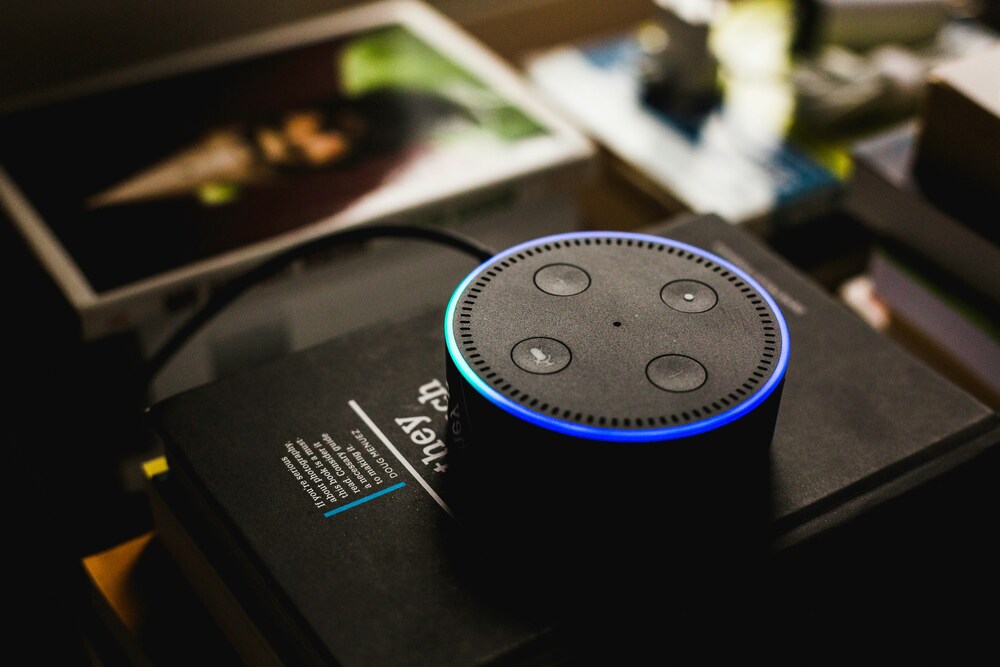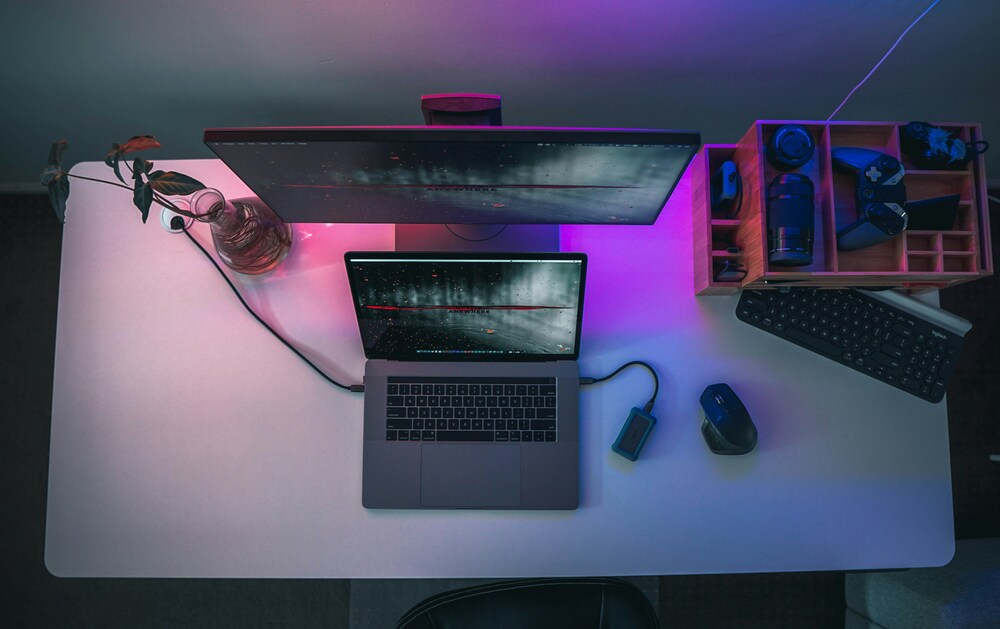- Home
- Articles
- Architectural Portfolio
- Architectral Presentation
- Inspirational Stories
- Architecture News
- Visualization
- BIM Industry
- Facade Design
- Parametric Design
- Career
- Landscape Architecture
- Construction
- Artificial Intelligence
- Sketching
- Design Softwares
- Diagrams
- Writing
- Architectural Tips
- Sustainability
- Courses
- Concept
- Technology
- History & Heritage
- Future of Architecture
- Guides & How-To
- Art & Culture
- Projects
- Interior Design
- Competitions
- Jobs
- Store
- Tools
- More
- Home
- Articles
- Architectural Portfolio
- Architectral Presentation
- Inspirational Stories
- Architecture News
- Visualization
- BIM Industry
- Facade Design
- Parametric Design
- Career
- Landscape Architecture
- Construction
- Artificial Intelligence
- Sketching
- Design Softwares
- Diagrams
- Writing
- Architectural Tips
- Sustainability
- Courses
- Concept
- Technology
- History & Heritage
- Future of Architecture
- Guides & How-To
- Art & Culture
- Projects
- Interior Design
- Competitions
- Jobs
- Store
- Tools
- More
Best Apps for Architectural Plan Drawing: Detailed Review and Guide

As technology continues to evolve, it’s reshaping the world of architecture in profound ways. From the field to the office, and even from the comfort of our homes, architectural apps have become game-changers. They’ve not only streamlined design workflows but also fostered seamless collaboration and significantly reduced paperwork.
Choosing the right app for your business, however, isn’t as simple as it seems. With a plethora of options, each designed with unique features for different users and use cases, making a choice can be overwhelming. This article aims to guide you through 13 of the best architecture apps of 2023, covering everything from CAD drawings and 3D models to concept sketching and augmented reality.
Whether you’re a construction professional, an architect, or just a tech enthusiast, there’s something for you. So, let’s dive in and explore these digital tools that are redefining architectural design.

Table of Contents
ToggleKey Features to Look for in Architectural Drawing Apps
In order to assist in the selection of the best digital tools for architectural design, here’s a breakdown of the critical features you should consider. These count towards creating the most efficient environment for projecting your ideas onto the digital canvas.
User Interface and Experience
Primary among these features is the application’s user interface and how comfortable the user experience feels. An app might offer all the features you require, but you’ll hit a roadblock if it isn’t accessible and easy to navigate. Efficient layout, simple design, and neat arrangement of menus and drawing tools often dictate the ease of usage. Additionally, time-saving elements such as shortcuts, quick access toolbars, and drag-and-drop functionalities can greatly enhance the user experience. For instance, apps like Sketchup have received plaudits for their intuitive interface, according to user reviews like that of Fabiana T.
Compatibility with Devices and Systems
The choice of the application should also hinge on its compatibility with different devices and operating systems. Given the existence of two primary smartphone platforms, iOS and Android, an app’s adaptability across these platforms becomes significant. AutoCAD is an example of a comprehensive architecture app that works very well across different operating systems and devices as mentioned in reviews by users like Pedro Chavez, Sachin Kote, and Buğra Demirtaş.
Precision Drawing Tools
The heart of any architectural drawing app is its range of precision drawing tools. These should include a selection of brushes, lines, shapes, and other design tools. More advanced features could entail snap grids for accurate alignment, 2D and 3D visualization options, and the ability to add detailed annotations. Many apps enhance their utilities by providing dimension tools – to measure exact lengths, areas, and volume. For example, CubiCasa’s 2D Floor Plans app, as recognized by its Android users, provides precise dimensional reports integrated into its floor planning procedure.
An optimal architectural drawing app combines an accessible user interface with broad compatibility and offers a robust set of high-precision drawing tools. The choice will ultimately depend on your specific needs and preferences. Keep these factors in mind as you explore the diverse range of architectural apps available on the market today.

Categories of Architectural Plan Drawing Apps
The diversity of architectural plan drawing applications on offer caters to a broad spectrum of users. Each category addresses a unique set of needs, ranging from professional architects, students just beginning their journey into architecture, to those involved specifically in construction site operations. Here’s a closer look at each category, its targeted user base, and the prominent features to keep in mind when choosing an app in 2023.
For Professional Architects
Professional architects face multifaceted responsibilities, which most often require the handling of projects from conceptual designs, 3D renderings, to final execution. Apps such as MagicPlan, Revizto, and BIMx, offer high-end features to manage these complex tasks. For one, MagicPlan utilizes smartphone scanning and hand-drawn floor plan creation, suiting those dealing with versatility in design approaches. Revizto and BIMx, their forte lies in advanced collaborative features offering cross-functional ease. Technology integration, precision, and collaboration features dominate the professional category. Yet, factors such as app interfaces, device compatibility, and pricing models play a crucial role in determining the best fit for professional use.
For Students and Beginners
As a newbie or a student, the focus shifts towards learning the fundamentals of architectural design. Apps like Planner 5D and Home Design 3D cater perfectly to this audience. Planner 5D offers an array of options for project design, complemented by a host of tutorial videos on platforms like YouTube, thus fostering an efficient-learning environment. Similarly, Home Design 3D enables beginners to delve into the intricacies of floor plans and furnishings. Usability, learning resources, and pricing, take precedence in this category.
For Construction Site Use
Navigating the practical challenges of a construction site means needing tools that bring the plan to the very ground you stand on. Apps like ArcSite thrive in this scenario, optimized for fieldwork with features like sample drawings, accurate scaling, and dimensional detailing. Features of ease-of-use in outdoor conditions, robustness against on-field challenges, and seamless integration with other software utilities, are key considerations for apps in this category.

The Role of AR and AI in Modern Architectural Apps
Adapting emerging technologies into mainstream work processes, architectural applications now incorporate Augmented Reality (AR) and Artificial Intelligence (AI). These enhancements elevate the visualization and real-time analysis capabilities of these applications, streamlining workflows for architects and designers.
For those exploring innovative architect AI tools, these apps are invaluable for enhancing creativity and precision.
Real-Time Environmental Analysis
With the integration of AI, architectural apps now offer real-time analysis of the environment around a proposed structure, improving the efficiency and precision of the design process. Apps leveraging AI capabilities can instantly access and process information about the local geography, climate, and natural light availability, to name a few. For instance, SketchUp, an architectural planning application, uses AI for generating 3D models based on real-time environmental inputs. This feature optimizes design elements, such as window orientation and roof angles, to maximize natural light or heating, improving the overall design’s sustainability.
Enhanced Visualization and Walkthroughs
Augmented Reality (AR) has been a game-changer in the field of architectural design, enabling precise visualization for architects and clients alike. AR-supported apps, like Graphisoft’s BIMx, overlay 2D drawings onto 3D models for enhanced visualization and coordination. Designers can share a virtual walkthrough of the future building before it’s even constructed, which significantly improves the presentation and approval process. Additionally, apps like ArcSite offer AR sketching capabilities, meaning architects can add or modify elements on a real-world landscape, visually communicating the proposed changes and getting immediate feedback. These AR features counteract many previously unavoidable design and construction errors, lowering costs, and minimizing project delays.

Integrations and File Sharing
Let’s delve into the essentials that make architectural apps incredibly valuable for teamwork: integration features and the ability to effortlessly share files.
Collaboration Features
Architectural plan drawing apps reign supreme with their advanced collaboration features. BIMx, developed by Graphisoft, boasts of easy coordination between architectural studios and construction teams, effectively addressing a notable gap in the field. This app’s universal accessibility on mobile and desktop platforms enables synchronized work, enhanced communication, and in-context measuring tools.
Providing another avenue for integration, MagicPlan offers a professional touch to architectural sketches and floor plans, while syncing data back to a centralized hub. Its competency to generate field reports and estimates adds a cherry on top of its extensive functionality.
Exporting and Importing Formats
Apart from integration, efficient file sharing abilities play a significant role in achieving hassle-free project coordination. Home Design 3D offers versatile project sharing capabilities, particularly in exporting and importing via email, Dropbox, OneDrive, etc. It can operate in both 2D and 3D, enhancing flexibility in visualizing and refining project concepts.
Directly contrasting, CorelCAD exhibits an array of CAD features that allow manipulation of vector graphics and sharing features, additionally supporting STL files conducive to 3D printing. Polycam sets a precedent with quick creation of color 3D scans that can be exported into many different formats before being imported into any CAD program.
To cater to the demands of modern architecture, these applications have fortified their functionalities with focus on seamless integrations and dynamic file-sharing methods. Each of these handy apps contributes to a more efficient, effective management of architectural projects.

User Reviews and Reliability
User experiences can offer valuable insights into an app’s performance, and customer reviews serve as a reliable source of such interactions. Reviews of architectural plan drawing apps reveal factors like usability, functionality, and customer support, crucial in understanding an app’s reliability.
For instance, customers commended MagicPlan for its use in annotating pictures with dimensions. The ability to record dimensions for later use is an appreciated feature, making it handy for simultaneous DIY projects. However, users expressed their wish for an inclusion of a zoom option, indicating the constant demand for improvement.
Users praised BIMx for its role in architecture and BIM implementation, citing its usefulness for carrying BIM projects anywhere. Quick response and confirmation from support regarding concerns about ignoring rotation settings shows commendable customer service.
However, it’s not all praise, as clear guidance on using the app with VR viewers is lacking, according to a review. It points out the need for a more user-friendly interface, especially in advanced features such as VR viewer usage.
When it comes to pricing, considering an app like My Measures can be affordable, if you’re fine with limited features. Though it’s a free-to-use app, some features, like cloud backup and unlimited files/annotations, sit behind a paywall.
By comparing reviews and considering the functionality, users can narrow down the best app for their specific architectural design needs. Whether professionals or students, beginners or established, there’s a suitable tool for everyone. Keep an eye on user reviews, as they can provide insight into updates, issues, and app usage. Remember, the perfect tool balances your budget, needs, and level of expertise.

Conclusion
So there you have it. With the right architectural drawing app, you’ll be able to streamline your design process, improve collaboration, and reduce paperwork. Whether you’re a seasoned professional, a beginner, or someone who works on a construction site, there’s an app out there that’s tailored to your needs. The integration of AR and AI in many of these apps takes the design process to a whole new level, offering real-time analysis and enhanced visualization. And let’s not forget about the importance of teamwork. With features that allow for easy file sharing and seamless integration, you’ll find managing your projects more efficient than ever. Lastly, don’t overlook the value of user reviews. They can provide invaluable insights into the app’s usability and reliability. So, take your time, do your research, and find that perfect app that’ll make your architectural plan drawing a breeze in 2023.
Submit your architectural projects
Follow these steps for submission your project. Submission FormLatest Posts
How Virtual Architecture Is Redefining Design From Real Time Worlds to Built Impact
Discover how virtual architecture is redefining design from static sketches to immersive,...
Designing a Starter Smart Home Without Breaking the Bank
Smart homes don’t have to cost a fortune. Many homeowners think they...
Style Meets Security: Choosing Entry Solutions That Do Both
When it comes to homes and businesses, entryways are more than just...
Top 5 Desktop Rebuild Cost Assessment Solutions for Property Professionals
Do you ever lay awake at night, playing out scene after scene...












Leave a comment